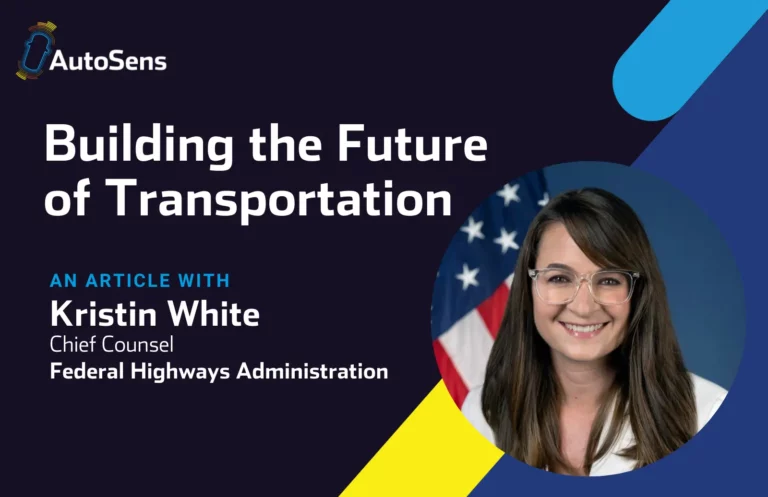Why having a 25% female speaker line-up has made Alex Lawrence-Berkeley really angry
Until a couple of years ago, I had worked in events, media and publishing, and had never noticed any gender bias. Because of this, my arrival working within the automotive sector was like being pushed off a cliff into the dark ages.
The Institute of Engineering and Technology, an international association of more than 160,000 professionals working across various disciplines, have a campaign to raise awareness of the issue. “9% is not enough”. And yet our audience online and on YouTube continues to languish around that number as the gender divide.
In an article I wrote last year, highlighting the well-recognised problem, I found the UK approach was to be aware of all influences throughout a young professional’s formative years (i.e. from 0-25 years of age), and level the playing field at every opportunity. Essentially, to approach the solution that gender does not exist at all.
[embedit snippet=”wie-book-button”]
This more objective approach immediately addresses a variety of different negative impacts, talking to and enlightening parents, teachers and professionals, helping business people understand subconscious prejudice and refocus on to professional ability.
I have strong views on the topic, not just because of strong women in my life, I also have two daughters, but actually because I often find myself getting frustrated at some attempts at ‘equality’ working counter-intuitively to the end goal. For example – and yes I will stick my neck out, I am 100% opposed to women-only tech events, women-only awards categories or women-only anything. None of those things are equal, none of those things are equitable.
These approaches only serve as echo-chambers, lengthening an unrealistic goal with an impractical message. “You can only take part if… “You can only win if…”
As a parent of, in this context, someone who is discriminated against – this is wrong. To accept this approach is not to tackle the problem, it’s just to amplify it in a closed environment.
Achieving balance in a professional environment is to recognise the reality and work with it. We know, for example, that the women that are in our industry (and by that we can clump together engineering and technology, as well as automotive) are likely to be – on average – about 10 years younger than men. That means they are 10 years more junior, and could actually benefit more from attending to network and learn.
But strip away a decade of seniority, and you may have less access to training or development budget, or support from your company to visit events simply because of the cost of that allocated to that particular pay band. That’s ‘equality’ in action, actually working against balancing the equation.
[embedit snippet=”wie-book-button”]
We prefer an equitable approach, in that we recognise the pattern in our audience data and lower the price of access for people in this pay band, they also happen to be women.
They will learn, network, add new strings to their bow and extend business relationships as a result, helping to progress their own career to a point where equal treatment is no longer against them.
Another typical approach to encouraging people into gender imbalanced work environments is to provide visible flag-waving female icons, and then ask them to dance to the merry tune of “You can do it, you can be like me”. I don’t know about you, but every female engineer and technologist I’ve ever met has been far too damn busy doing her job to take on that politically correct BS as well.
Wouldn’t it be more powerful for every man to stand up and say “I want the best career for my daughter, my niece, my little sister – I want her to work in my industry” – because THAT voice is ten times louder.
As well as visible icons praising the virtues of the industry and women’s place in it, it’s really not that difficult to start building on that 9%. All it takes is a tiny extra effort.
As part of producing an event, we set some topic themes and ask for submissions, following that by contacting potential speakers we know have something interesting to bring – all papers go through technical vetting, so if we weight the approaches towards potential speakers that also happen to be women, we’ll get more female speakers – without any additional burden on any one individual.
[embedit snippet=”wie-book-button”]
The technical standard is the same, but this tiny tweak to our approach has brought us eight confirmed speakers out of a total of 40. A neat 25%.
Gender bias is found everywhere, a fact I have been particularly exposed to though my wife’s business (two women operating in the testosterone-fuelled world of property management), and reinforced in automotive, despite our own company – as a fairly typical event organiser – being dominated by women.
Indeed, bias is so powerful that I have regularly found it sneaking, perhaps sub-consciously, into how rational and intelligent women communicate – their idiolect.
In Brussels last year, I approached a female delegate standing next to the ‘speaker check-in area’ with a casual questioning greeting – “Can I help, are you one of our speakers?” to which she responded, confused, “No, why would you ask that?” – of course, she was a delegate on her way to a session, but her bewilderment and denial has bugged me for months. Why the heck would she not be one of our speakers?
Another impassioned conversation with a female engineer, thanking us for talking about equality the way we do, also hacked me off. We don’t do enough as a company, let alone as part of an industry, so I don’t understand why you think our meagre effort is anywhere near good enough, or acceptable.
A short anecdote: A father and son are involved in an accident, the father takes the son to hospital and the surgeon says “I can’t operate, he’s my son”.
Confused? You really shouldn’t be, but that’s what I’m talking about when I talk about subconscious bias. I challenged half a dozen people of each gender with the same anecdote, all failed to spot the simple answer.
The bar to meet is low, and the challenges great. I have my motivations, from family influences and experience in other industries all pointing to one inalienable fact – women are part of this industry and anything less than a split that reflects the population has failed.
We’ll keep at it, but as I sign off, I’d ask you – whatever your gender, seniority or influence, to think about gender equitability as being far more nuanced than you might have considered before.







